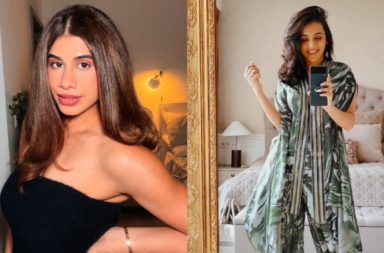Instagram and Facebook over the past few months have made updates to improve the verification application process. In their latest blog post Instagram has shared updates on verification, what’s changed and what should be kept in mind. Let’s have a look at Instagram’s Verification Update.
What is verification?
Instagram says, “verification is a way for people to know that the notable accounts they are following or searching for are exactly who they say they are. It’s a way for people to know which accounts are authentic and notable. Verification badges aren’t an endorsement from us, nor do we consider them a symbol of importance.“
As part of Instagram’s ongoing equity work, the team revisited the verification process and found that some people were uncertain about verification’s purpose, how the accounts get verified and whether verification affects how an account is treated on Instagram and Facebook. Hence, Instagram has made it easier for people to request verification by updating the form seen in the app.
The updates have been made so that people have a better understanding of what needs to be submitted for verification and to offer more transparency on requirements which are consistent across Facebook and Instagram.

How to get verified?
To be verified, users must follow Instagram’s Terms of Use and Community Guidelines. In the application process (available directly in the app). Instagram requires the following things:
- Your account must represent a real person, registered business or entity.
- Your account must be the unique presence of the person or business it represents. Notable entities (for example pets or publications) are also eligible.
- Only one account per person or business may be verified, with exceptions for language-specific accounts.
- Your account must be public and have a bio, profile photo and at least one post.
- Your account must represent a well-known, highly searched-for person, brand or entity.
“We verify accounts that are featured in multiple news sources. We don’t consider paid or promotional content as news sources. Across Instagram and Facebook, we recently expanded our list of news sources to include more diverse outlets including those from additional Black, LGBTQ+, Latinx media, and including more outlets from around the world for example. With the updates we’ve made, people can also now share information about their audience, the region they’re most popular in, and add up to five news articles to help our teams have more context when reviewing the applications.” says Instagram.
What does verification mean and NOT mean?
Verification signals authenticity and notability. In no way is it an endorsement from Instagram and being verified doesn’t mean that the user’s content is favored by Instagram’s systems in terms of where the user’s content shows up. Instagram tries to ensure impartiality in the verification application process by relying on sources such as credible press coverage and examining the person’s cultural impact.
Can a verification badge be transferred over to another account?
Verified accounts can’t change their account name or transfer the verification badge onto a different account. The purpose of the blue badge is for people to know that the account has been vetted and Instagram has confirmed that those accounts are who they say they are.
What happens when Instagram detects a suspicious or malicious verification?
“If we find that verification was acquired in a malicious way, or that an individual is selling verified accounts to others, we will take action. We conduct regular sweeps both on and off the platform to find and remove malicious actors from Instagram.” says Instagram.
On Instagram and Facebook, the team is always making changes to improve everyone’s experience on the platform. We previously covered How Instagram Search Works. Click here to know more.


